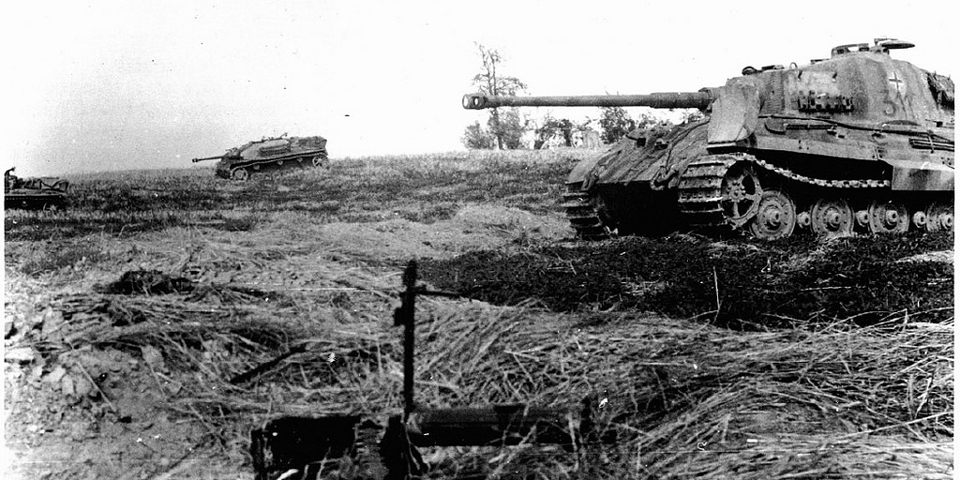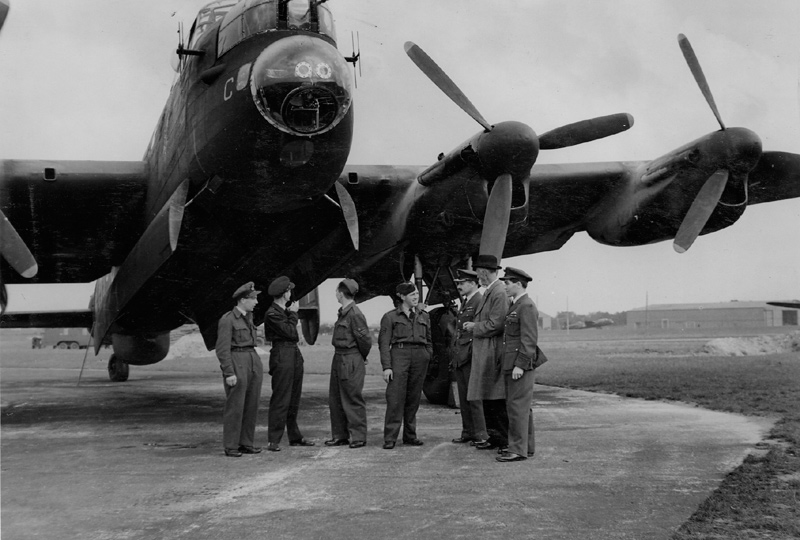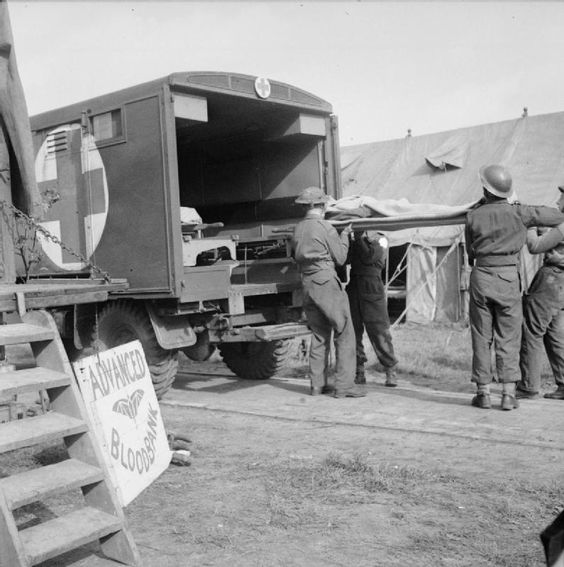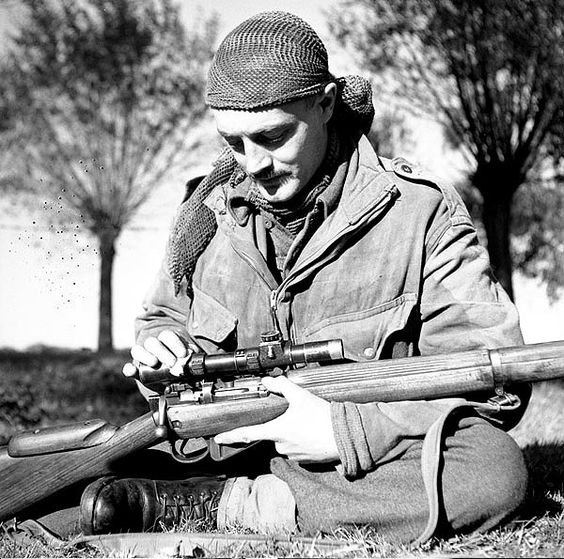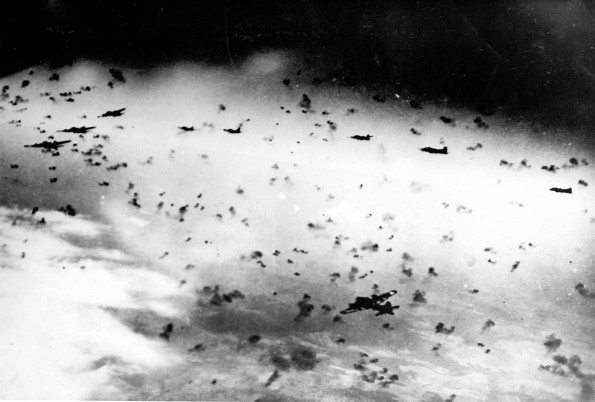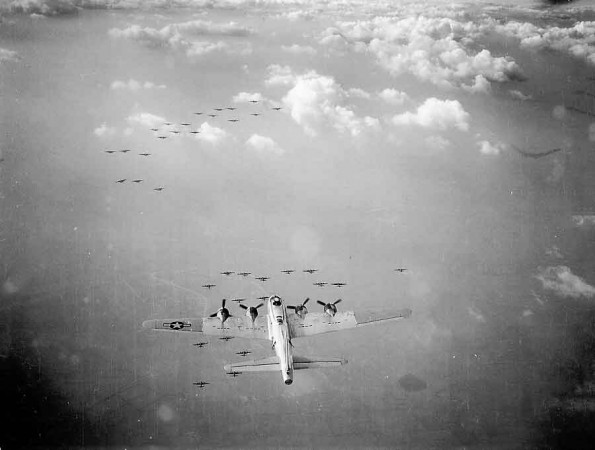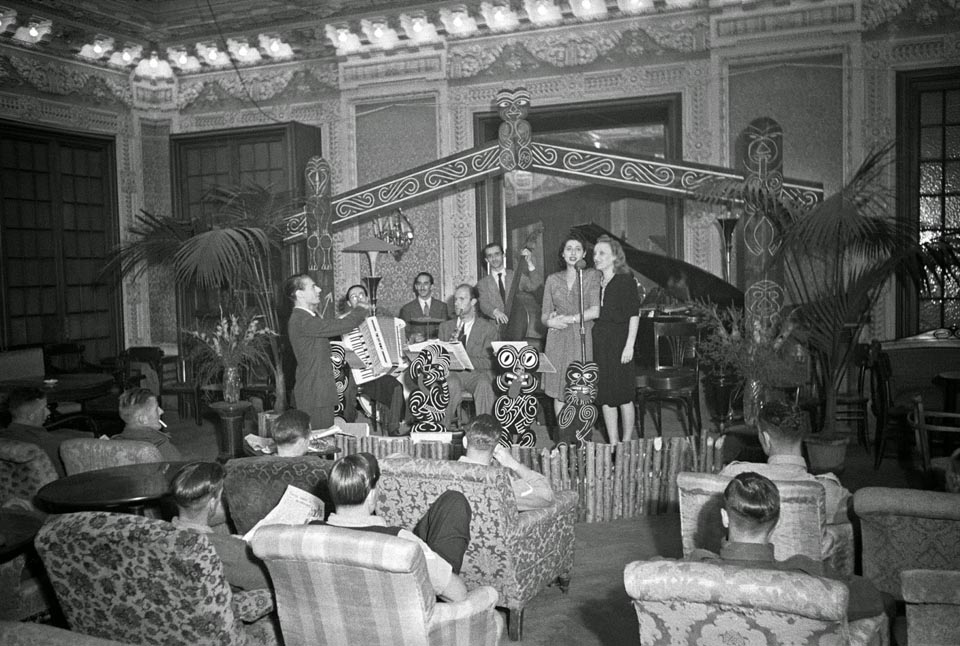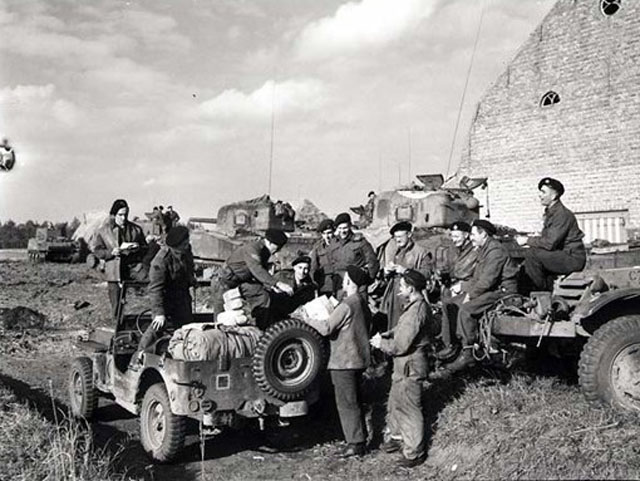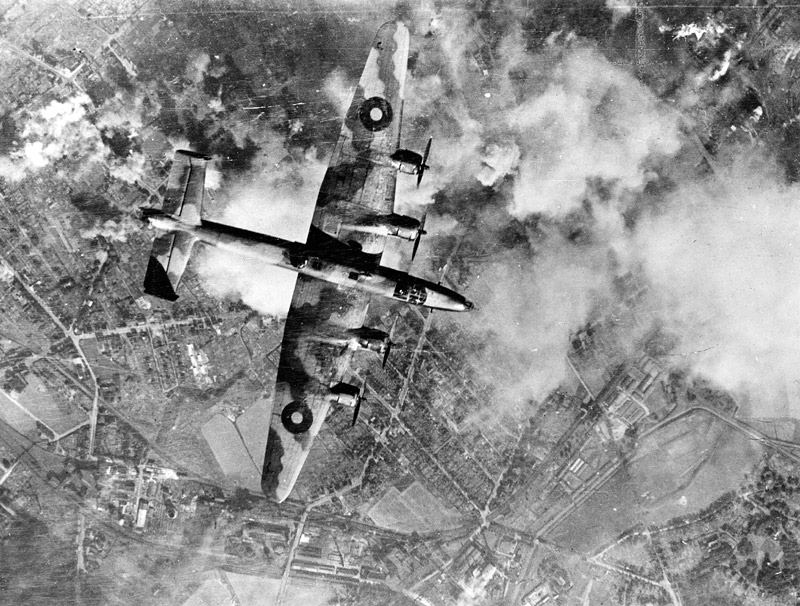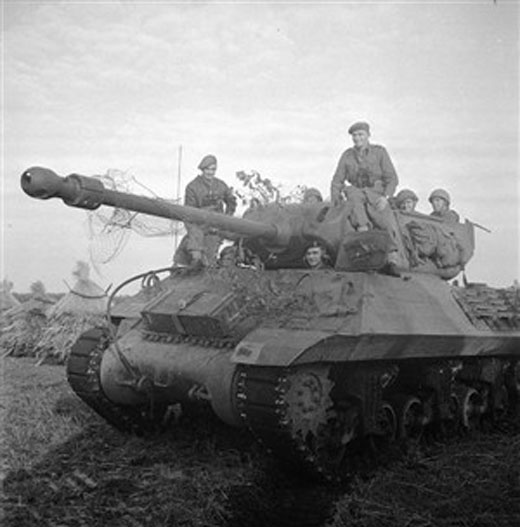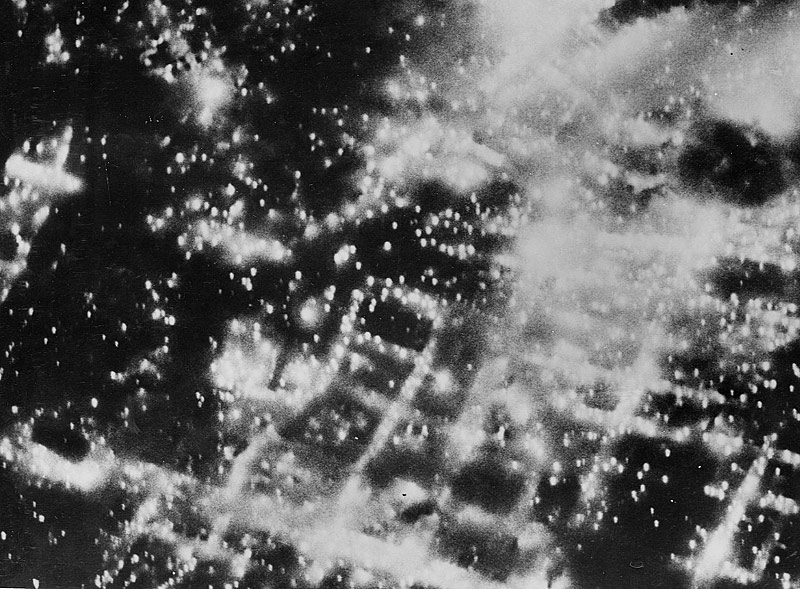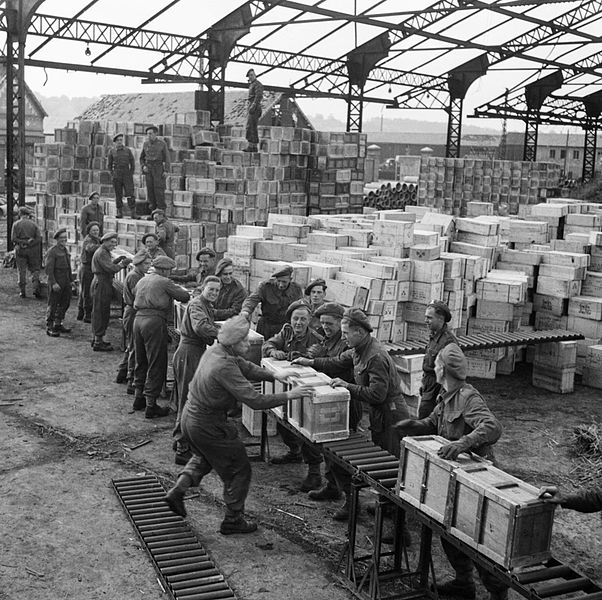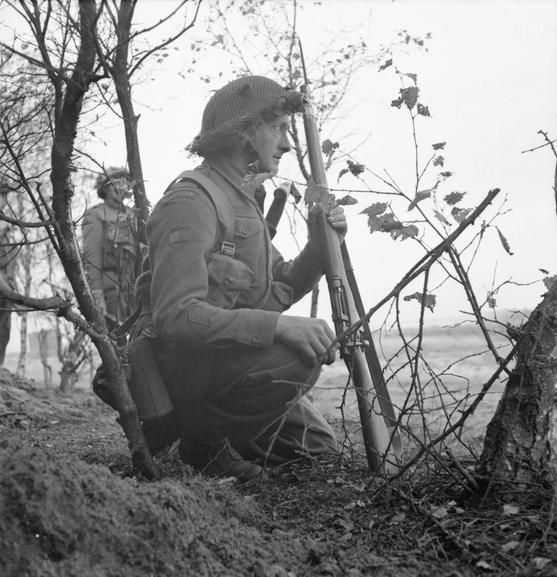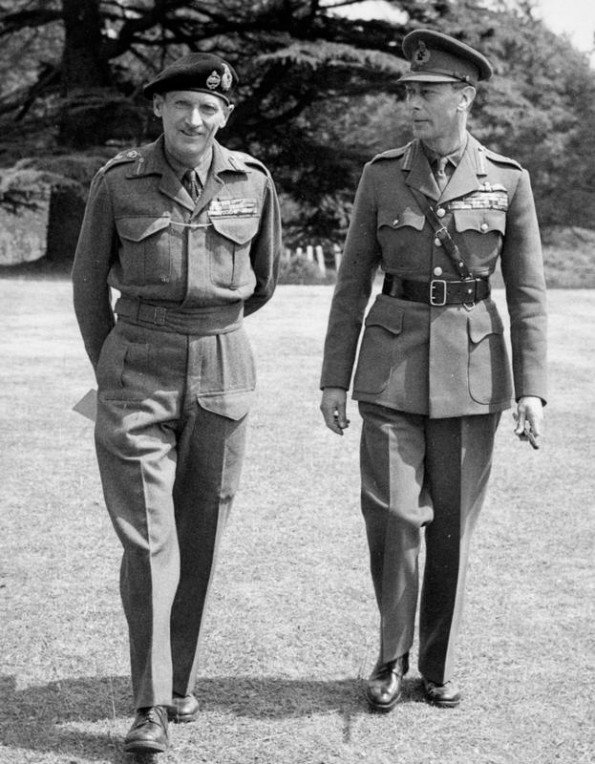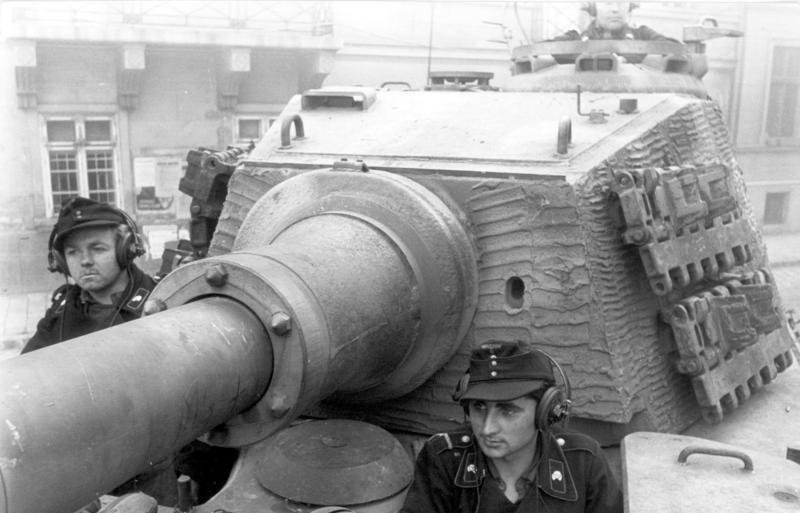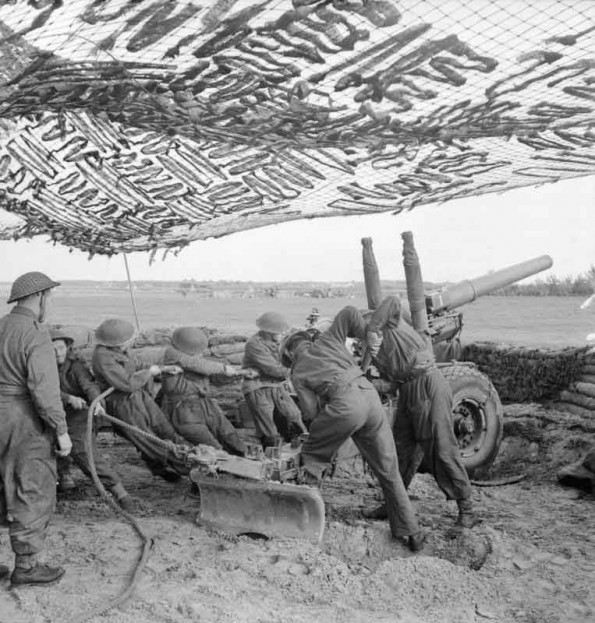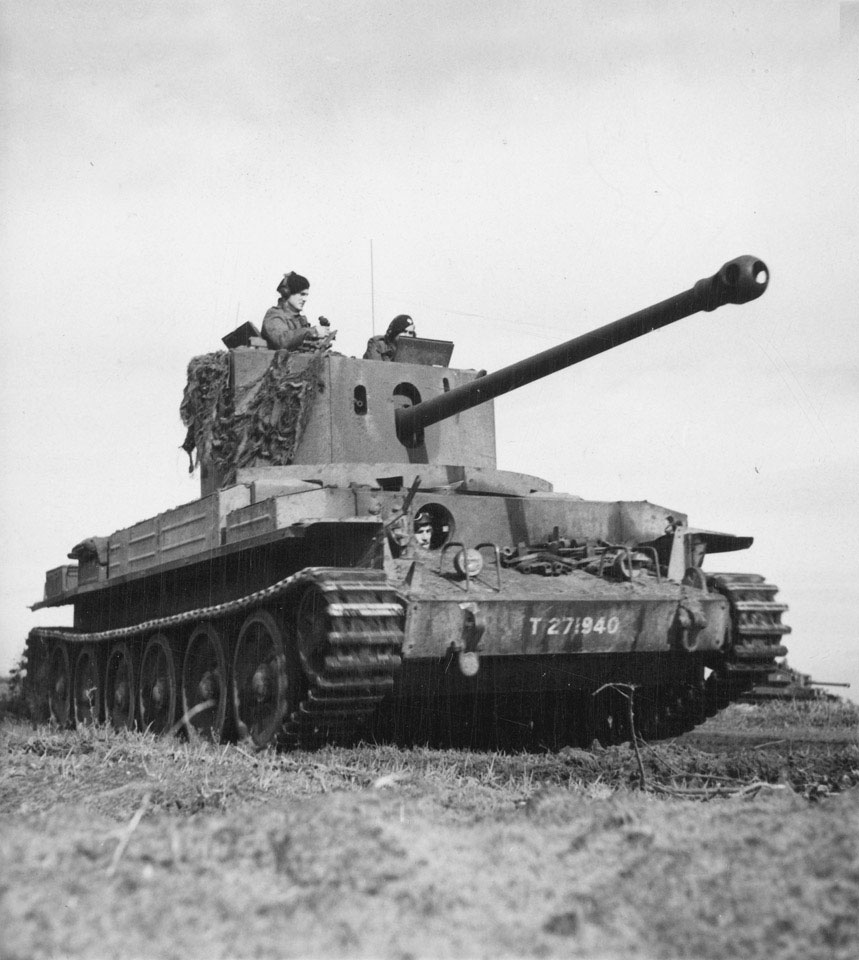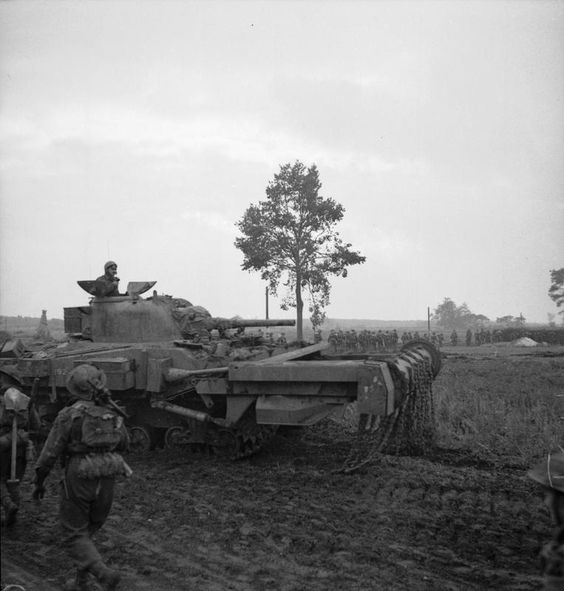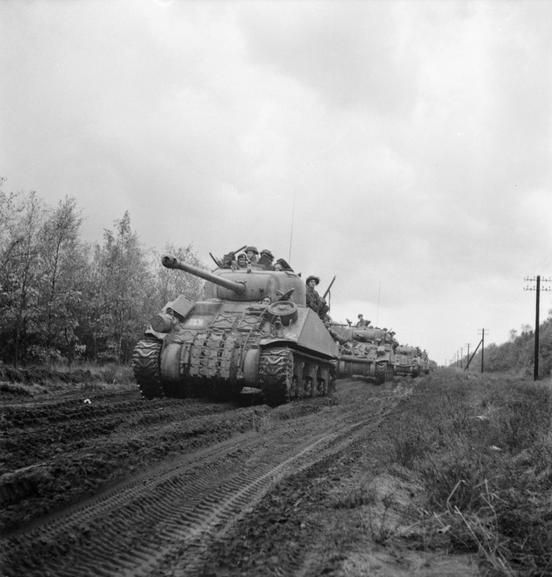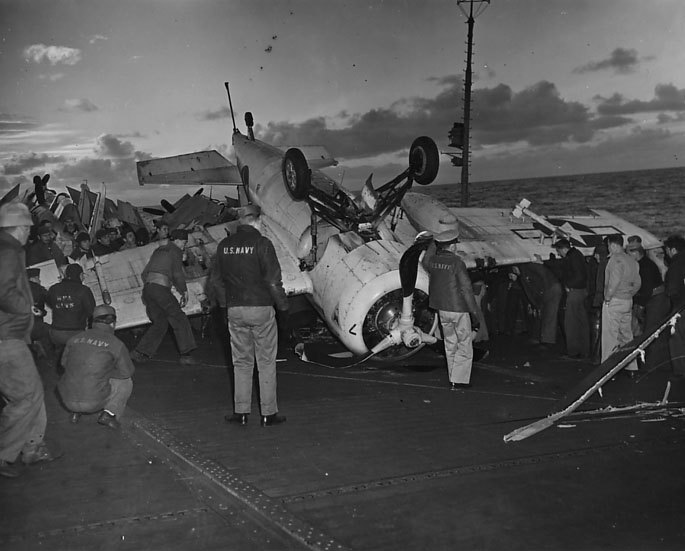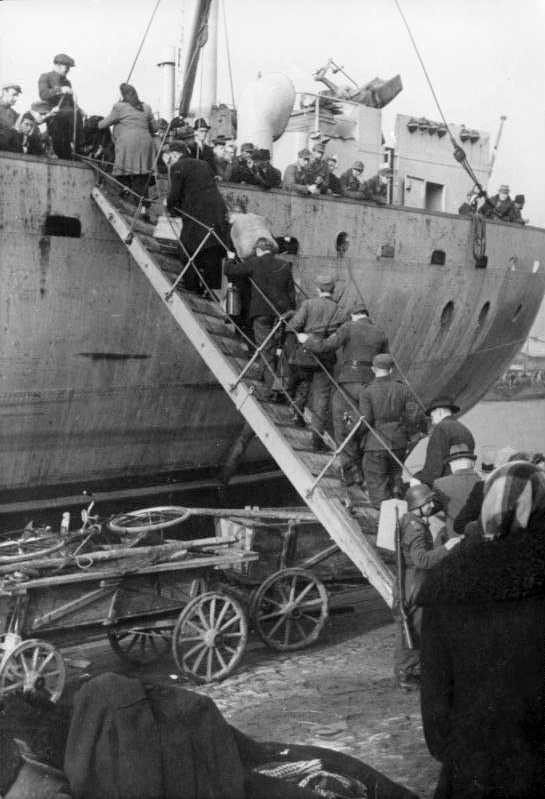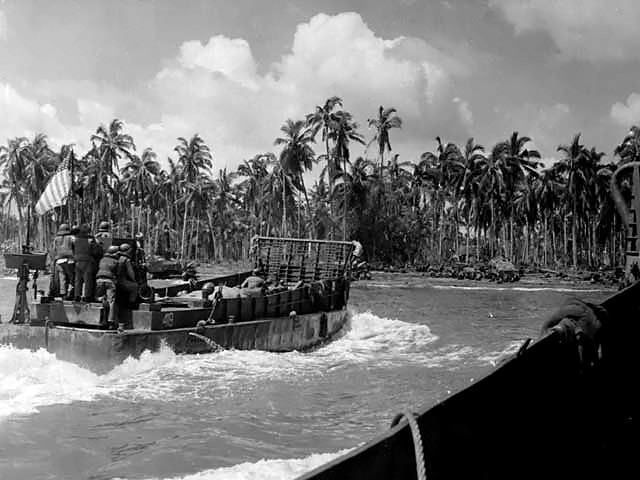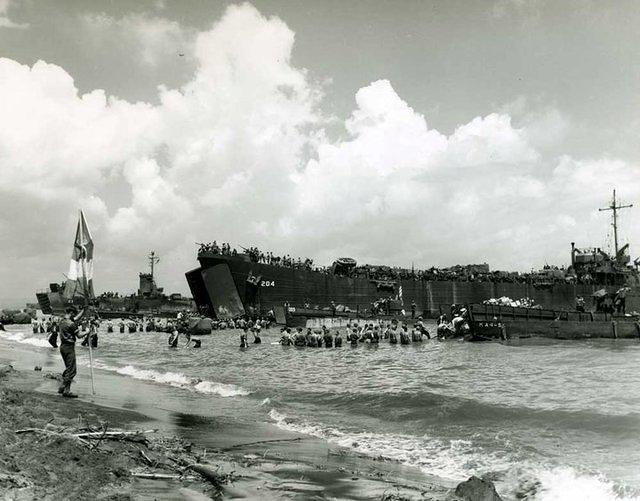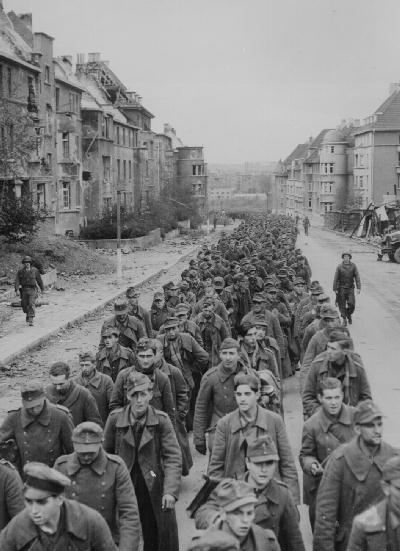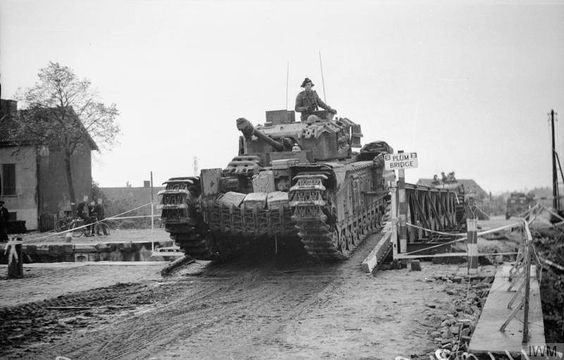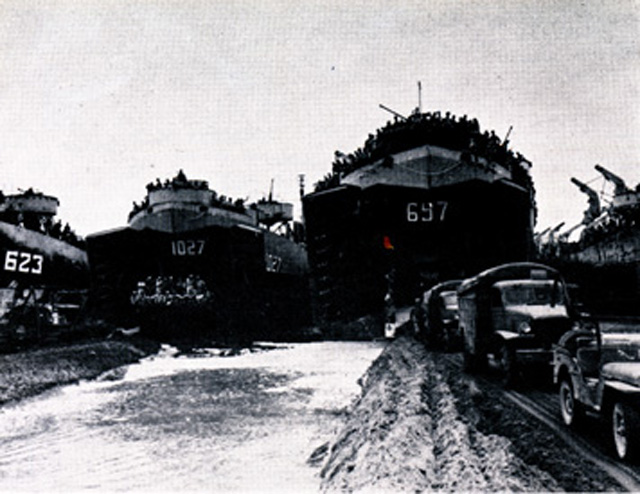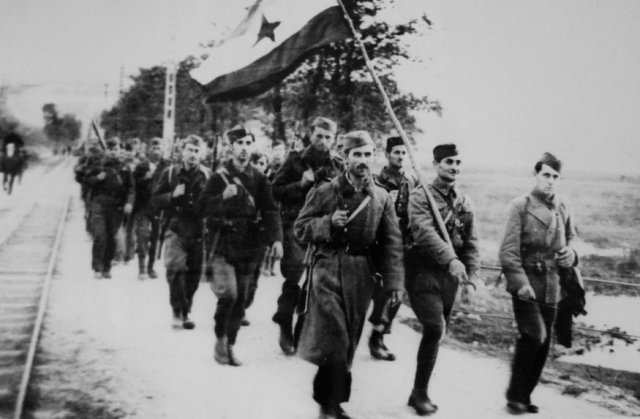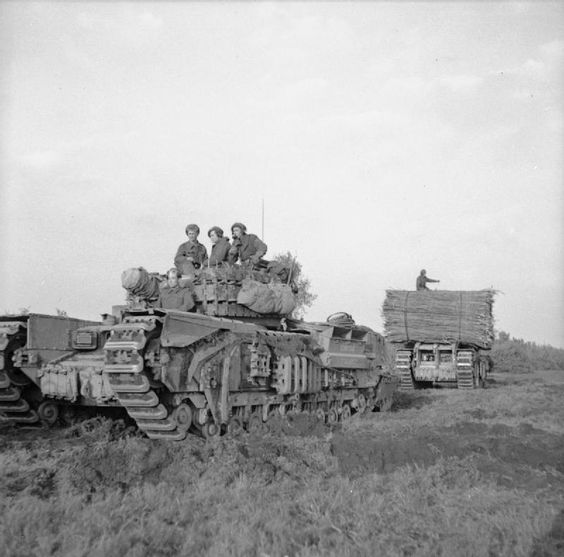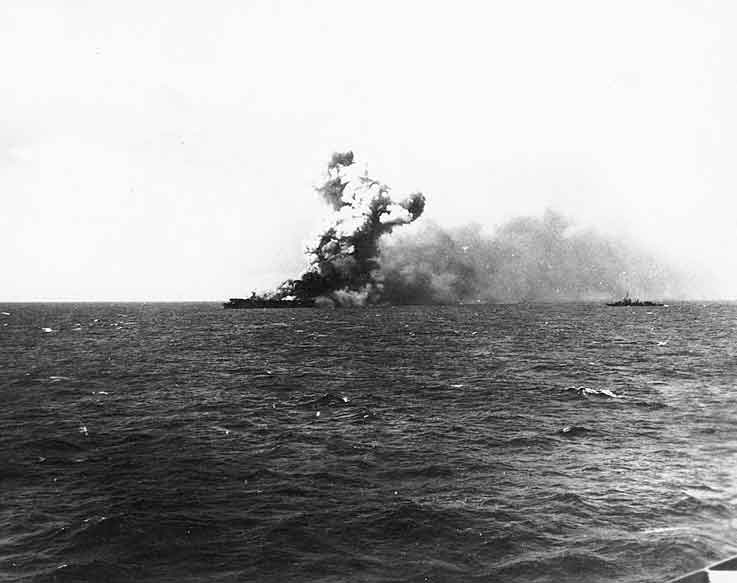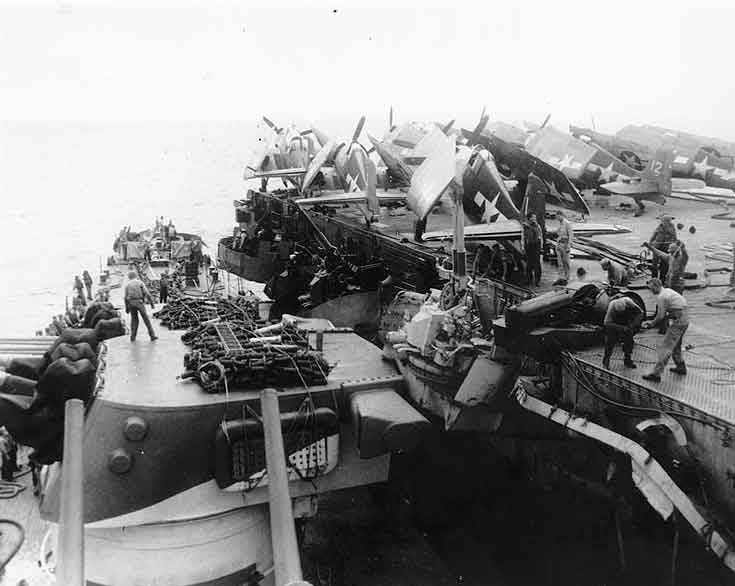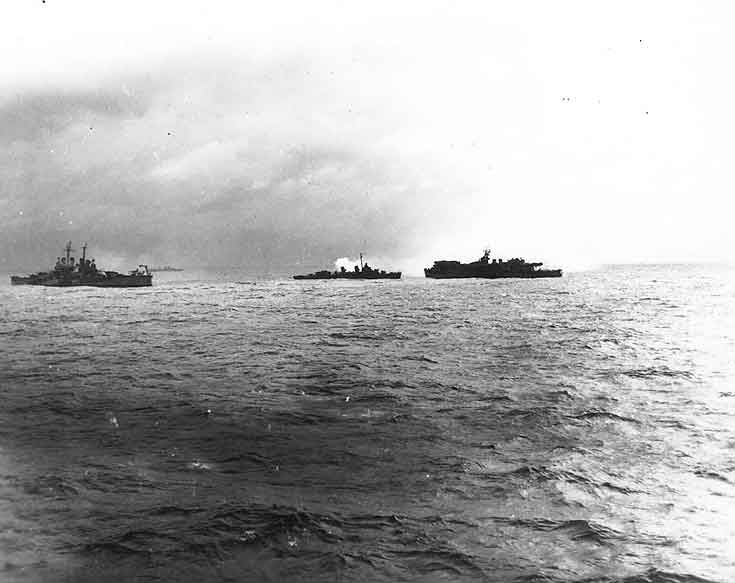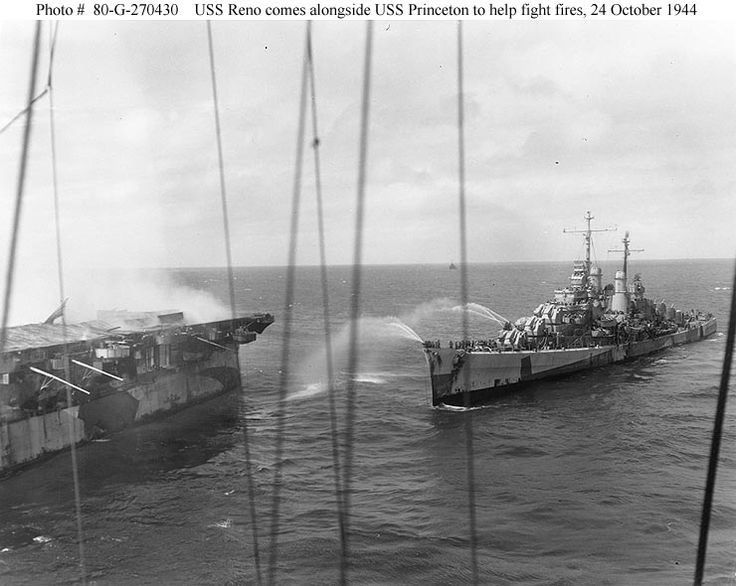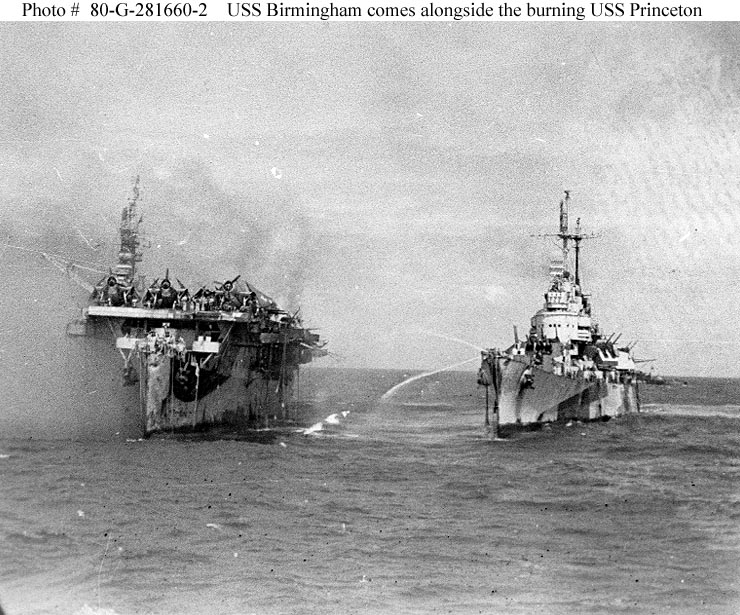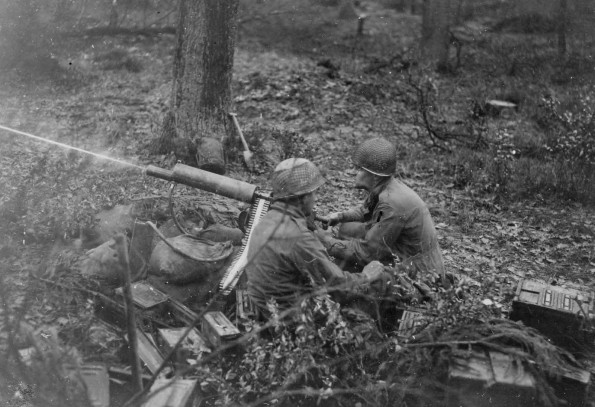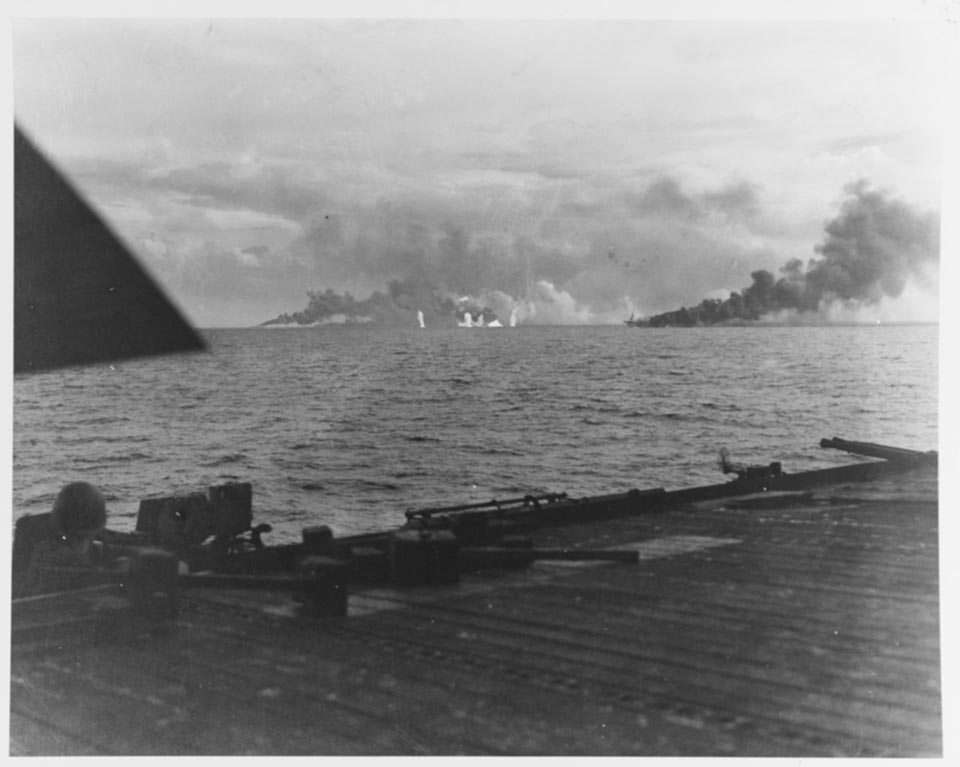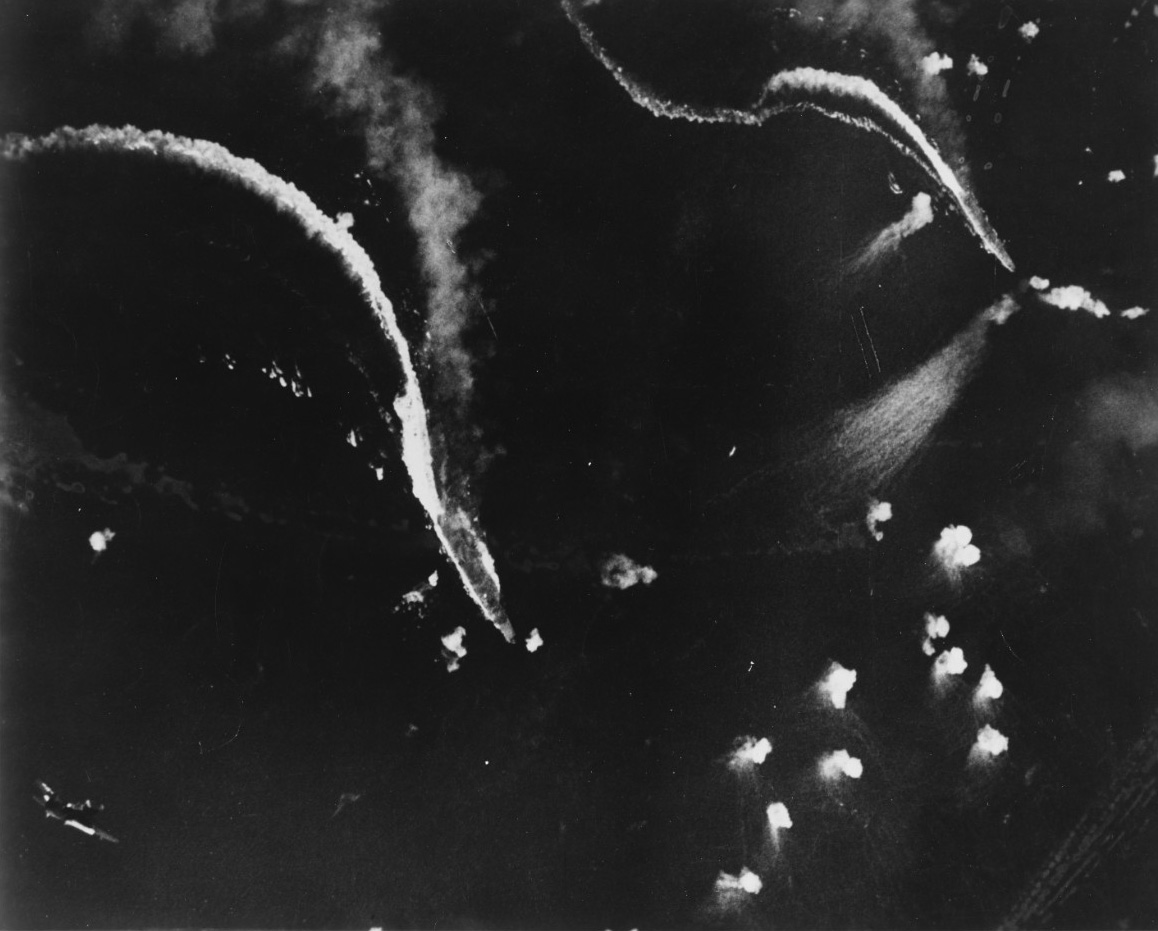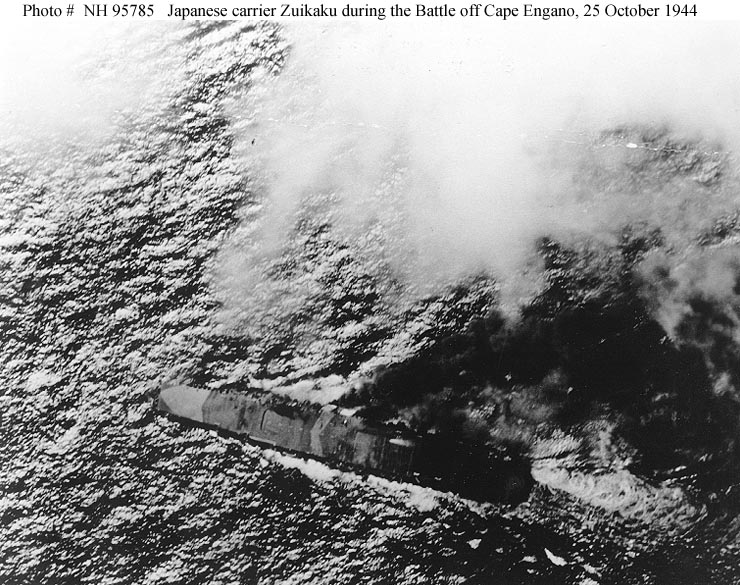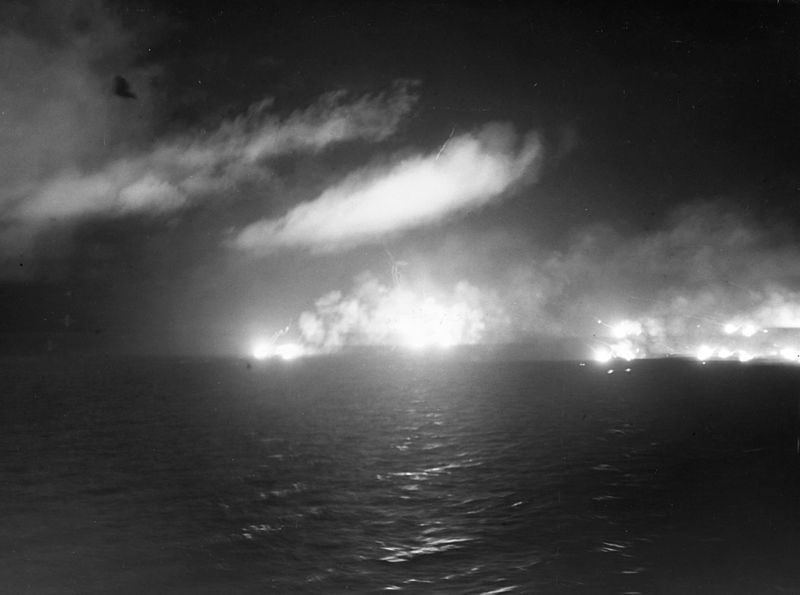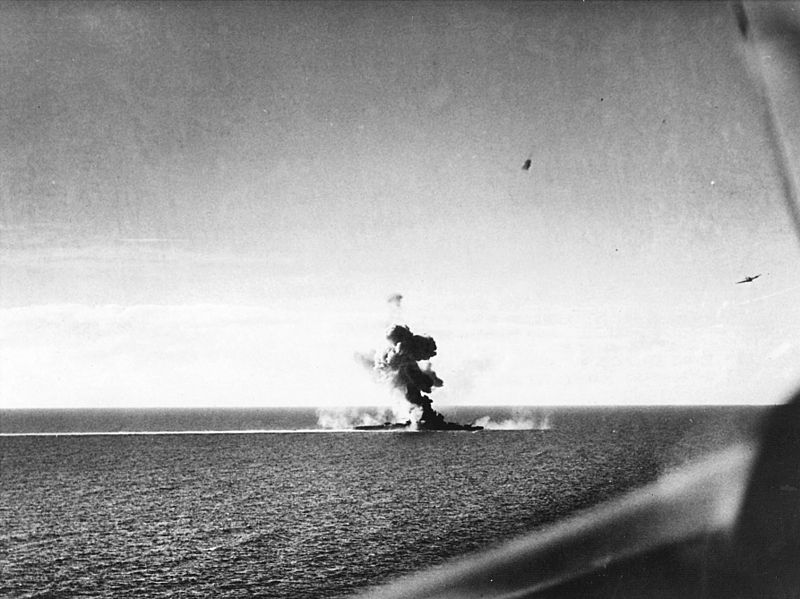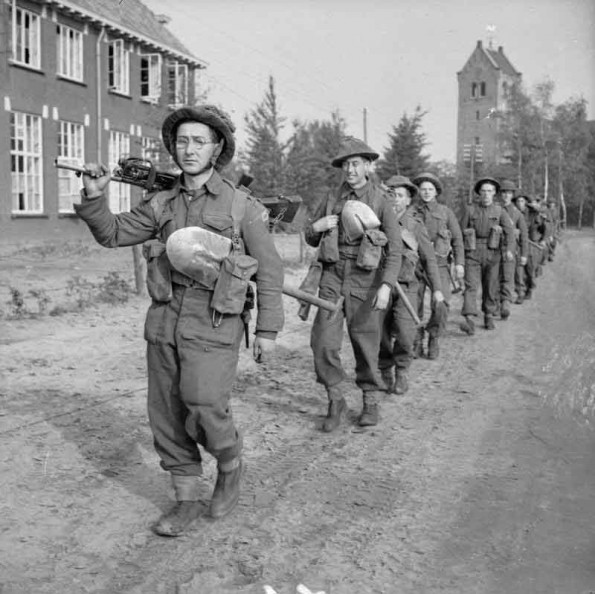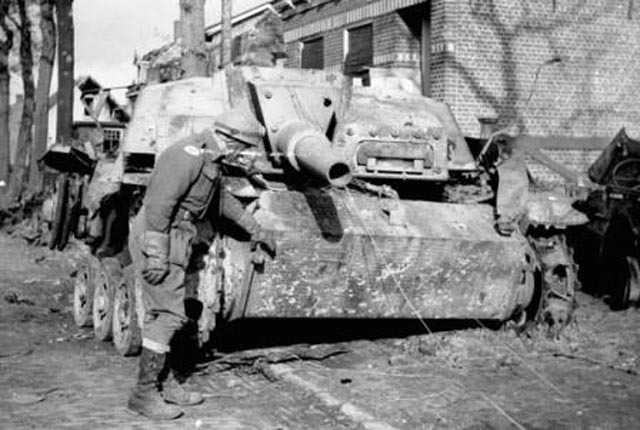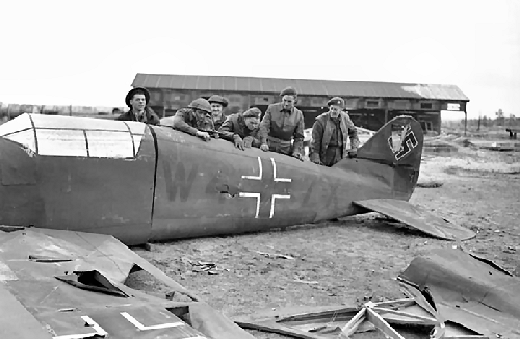Air Operations, Carolines 4 VII Bomber Command B-24s attack the Yap Atoll while conducting armed reconnaissance missions.
[  | |   ] ]
Air Operations, CBI
BURMA
- The 10th Air Force continues to mount an all-out effort in support of Allied ground offensives in northern and central Burma.
- 7 14th Air Force fighter-bombers attack bridges at Kawnghkio and Mongyu and 4 14th Air Force fighter-bombers strafe the airfield at Nawnghkio.
CHINA
- Nearly 50 14th Air Force P-40s and P-51s attack the Mengshu area.
- More than 20 fighter-bombers attack targets of opportunity.
THAILAND
- 6 341st Medium Bomb Group B-25s and 4 P-38s attack a rail bridge at Dara.
[  | |   ] ]
Air Operations, East Indies - FEAF B-24s attack the Ambesia airfield on Celebes and shipping around Makassar and Kendari on Celebes.
- B-25s, A-20s, and fighter-bombers attack Amboina Town, Boela and Haroekoe on Ceram, Halong on Celebes, and Piroe and Saparoea in the Molucca Islands.
[  | |   ] ]
Air Operations, Europe
RAF BOMBER COMMAND
Daylight Ops:
- 771 aircraft are sent to hit Essen. In this total are 508 Lancasters, 251 Halifaxes and 12 Mosquitos. The bombing is aimed at skymarkers, because the target area is covered by cloud. The Bomber Command report states that the attack becomes scattered, but the local Essen report shows that more buildings are destroyed (1,163) than in the heavier night attack which had taken place 36 hours previously. A photographic reconnaissance flight which takes place after this raid shows severe damage to the remaining industrial concerns in Essen, particularly to the Krupps steelworks. Some of the war industry has already been moved to small, dispersed factories, but the coal mines and steelworks of the Ruhr are still important. The Krupps steelworks are particularly hard-hit by the two raids and there are references in the firm's archives to the 'almost complete breakdown of the electrical supply network' and to 'a complete paralysis'. The Borbeck pig-iron plant ceases work completely and there is no record of any further production from this important section of Krupps.
- 2 Halifaxes and 2 Lancasters are lost.
- Much of Essen's surviving industrial capacity is now dispersed and the city loses its role as one of Germany's most important centers of war production.
- 199 Halifaxes, 32 Lancasters and 12 Mosquitos of Nos. 6 and 8 Groups attack the oil plant at Meerbeck near Homberg. The target is covered by cloud and the bombing is scattered in the early stages but later becomes more concentrated on the skymarkers.
Minor Ops:
- 1 Hudson is on a Resistance operation and there are 6 RCM sorties.
- There is a massive 8th Air Force attack on Hamm.
US 8th AIR FORCE
GERMANY:
|
Atlantic The Canadian destroyer Skeena is lost when she drags anchor in a story and is wrecked on Videy Island near Reykjavik, Iceland. 15 of her crew drown attempting to reach shore.
[  | |   ] ]
Air Operations, Philippines At 0645 hours, 3 US 7th Fleet destroyers, 4 destroyer-escorts, and the 6 Task Unit 77.4.3 escort carriers standing off Samar in San Bernadino Strait are attacked at long range by Japanese battleships from the Japanese Center Force. Though faced with overwhelming odds, the US destroyers, destroyer-escorts, escort carriers, and escort-carrier TBMs and FMs make a stand. The Battle off Samar is the only naval action in history in which aircraft carriers fire their defensive guns at other ships. The battle, which includes many piecemeal attacks by Task Group 77.4 aircraft, ebbs and flows until 0911 hours, at which time an erroneous sighting report sends the powerful Japanese battle fleet north in search of Task Force 38. By then, the escort carrier USS Gambier Bay (VC-10), 1 destroyer, and 2 destroyer-escorts have been sunk or mortally damaged by enemy gunfire.
In unrelated action nearby, a kamikaze slightly damages the escort carrier USS Santee at about 0745 hours, and she is slightly damaged again by a submarine torpedo at 0756 hours. The USS Suwanee is slightly damaged also by a kamikaze at 0804 hours.
In yet another attack from the Visayan Islands, to the south, the USS Kitkun Bay is slightly damaged by a kamikaze at about 1050 hours.
The USS White Plains is slightly damged by a kamikaze at about 1055 hours.
The USS St. Lo is fatally damaged by a kamikaze that starts huge fires and explosions on the hangar deck at 1055 hours.
The USS Kalinin Bay is slightly damaged by a kamikaze at 1100 hours.
Task Unit 77.4.3 withdraws toward the Schouten Islands during the afternoon.
Following its withdrawal from the main battle at 0911 hours, the Japanese Center Force is no longer a threat to the vulnerable US invasion fleet, but it is vigorously attacked many times during the late morning and entire afternoon by small Task Group 77.4 strike groups, and two large Task Group 38.1 strike groups. Many Japanese cruisers and destroyers are sunk or damaged. The Japanese Center Force finally begins retiring through San Bernadino Strait at 2140 hours and races to get beyond the range of USN carrier aircraft.
In addition to mounting 232 TBM sorties and 209 FM and F6F sorties directly against enemy warships, Task Group 77.4 supports US 6th Army ground troops on Leyte with 16 TBM sorties and 86 FM and F6F sorties.
Throughout the day, beginning with a sighting by US carrier bombers at 0710 hours, aircraft from the main body of Task Force 38 (less Task Group 38.1) decisively defeats the Japanese Northern Force, the Combined Fleet’s main carrier battle force. In unremitting attacks in the face of virtually no aerial opposition, US carrier aircraft sink fleet carrier HIJMS Zuikaku and light carriers HIJMS Chitose, HIJMS Chiyoda, and HIJMS Zuiho off Cape Engaño, Luzon. Also taking part in the air action are more than 50 FEAF B-24s, plus supporting P-38s and P-47s, which attack various Japanese Navy fleet units in the Mindanao Sea.
In an effort to support US surface and air units, 56 V Bomber Command B-24s rendezvous over northern Mindanao. The operation becomes a shambles and, since the main Japanese battle forces are far beyond range, the entire assemblage attempts to attack a Japanese light cruiser and destroyer that happen to be in the area and have attacked the B-24s with anti-aircraft fire. Bombs are dropped from 10,000 feet by successive bomber formations, but no hits are scored. 7n 5th Bomb Group B-24s and several P-38s also attempt to damage the Japanese warships, but to no avail. 30 B-25s awaiting their turn at the warships are unable to attack owing to low fuel supplies.
US carrier-based fighter pilots and several TBM crews down a total of 71 Japanese aircraft at sea and over the central Philippines between 0200 hours and 1807 hours.
More than 100 US carrier aircraft unable to land aboard carriers are diverted to Tacloban and Dulag airfields on Leyte. Maj-Gen Ralph J. Mitchell, the 1st Marine Aircraft Wing commanding general, happens to be surveying the Tacloban airfield when the US aircraft arrive, and he personally assumes the role of landing signal officer. As a result of Maj-Gen Mitchell’s personal intervention, all of approximately 60 aircraft make landings despite rough field conditions. The 40 US aircraft landing at the Dulag airfield are not so expertly guided, and 8 are lost in bad landings due to muddy field conditions.
[  | |   ] ]
Battle of Leyte Gulf Between midnight and 0430 there is a running battle as Adm Shoji Nishimura's and the Adm Kiyohide Shima's forces try to pass through Surigao Strait. Adm Jesse Oldendorf first sends PT Boats and then destroyers to attack with torpedoes while waiting with his 6 battleships and 8 cruisers at the north end of the Strait. The PT Boats sink 1 cruiser and the destroyers twice hit the battleship Fuso, sinking it and 3 destroyers. The other battleship, Yamashiro, is damaged and, steaming on, is sunk by Oldendorf's heavy ships. In the gun action the cruiser Mogami is nearly wrecked and will be abandoned later after a collison with the Nachi. The surviving Japanese forces withdraw.
While the other actions are going on, Halsey is leading the modern battleships and the main carrier force north to intercept Ozawa who has therefore exactly performed his decoy mission. In the morning the first American strikes go in. There are 2 waves of attacks in the morning in which 2 of the Japanese carriers are sunk. Before midday Halsey hears news from the south and turns south with the battleships and 1 carrier group. The other 2 carrier groups continue the pursuit, sinking the remaining carriers Zuiho and Zuikaku. 2 destroyers and a cruiser are also sunk. The only major units to escape are the carrier-battleships Ize and Hyuga. Halsey's return south is too late to catch Kurita.
[  | |  ] ]
Burma Advancing from Upper Burma, the 29th Brigade of the British 36th Division reaches 25 miles past Namma, until held up by a strong Japanese counterattack in the region of Mawpin.
[  | |   ] ]
Diplomatic Relations Britain, Russia and the US reestablish formal relations with Italy.
[  | |   ] ]
|
Battle of Samur Adm Takeo Kurita's force, now 4 battleships, 6 heavy and 2 light cruisers and 11 destroyers, passes the San Bernardino Strait in the early hours and in the morning off Samar finds Adm C. A. F. Sprague's TF 77.4.3 which consists of 6 escort carriers and 7 destroyers. The aircraft of this group have been used to support land operations and are not, therefore, provided with the torpedoes or armor-piercing bombs needed for attacks on heavily protected ships. The American force is immediately compelled to flee with some cover from smokescreens and rain squalls. The destroyers attempt torpedo attacks and Sprague's planes are reinforced by those of a second escort-carrier group, TF 77.4.2. For 2 hours between 0700 and just after 0900 the Japanese ships gradually close in despite being repeatedly forced to alter course to avoid torpedo attacks. In these attacks one of the Japanese cruisers is sunk but as the range shortens the American squadron begins to take punishment. 3 destroyers and 1 escort carrier are sunk from Sprague's force.
The second carrier group is sighted and engaged also at the same time as 3 more of the Japanese cruisers fall to the air attacks. At this stage some of the Japanese cruisers are within 10,000 yards of the escort carriers and are beginning to hit their targets regularly. Kurita, however, believe that the attacking aircraft may be from the much more powerful TF 38 and he decides that he must withdraw. This decision is probably an error since there is little doubt that Sprague's force, with all its destroyers damaged, could not have held out much longer. It is probable also that once this battle was completed, the Japanese could have reached and destroyed much of the transport fleet off Leyte. While Kurita is turning away there are Japanese kamikaze air attacks on TF 77.4.3 in which 4 escort carriers are sunk (some are already damaged). At about the same time the third US escort-carrier group, not previously engaged, faces a similar attack in which 3 carriers are damaged. These are the first significant, premeditated suicide attacks. Kurita continues to retire toward the San Bernardino Strait and is attacked by more US aircraft on the way.
In the day's action the US loses the escort carrier St. Lo (CVD-63) to a suicide plane, the escort carrier Gambier Bay (CVE-73) to naval gunfire, the destroyer Hoel (DD-533) to naval gunfire, the destroyer Johnston (DD-557) to naval gunfire, the destroyer escort Samuel B. Roberts (DE-413) to naval gunfire and the torpedo boat PT-493 to coastal gunfire.
Japanese ships sunk in the day's action include the carrier Zuikaku, the light carrier Chitose, the light carrier Chiyoda, the light carrier Zuiho, the battleships Fuso and Yamashiro, the heavy cruisers Chikuma, Chokai, Suzuya and Mogami, the light cruiser Tama, and the destroyers Asagumo, Michishio and Yamagumo. Another Japanese destroyer, the Akizuki is lost to the submarine Halibut (SS-232).
US ships damaged in the action include the escort carrier Sangamon (CVE-26) by a suicide plane, the escort carrier Suwannee (CVE-27) by a suicide plane, the escort carrier Santee (CVE-29) by a suicide plane and submarine torpedo, the escort carrier Kalinin Bay (CVE-68) by a suicide plane and naval gunfire, the escort carrier Fanshaw Bay (CVE-70) by naval gunfire, the escort carrier Kitkun Bay by a suicide plane, the destroyer Heerman (DD-523), the destroyer escort Richard M. Rowell (DE-403) and the destroyer escort Dennis (DE-405) by naval gunfire.
Eastern Front In the far north the Karelia Front advances from Petsamo on the Arctic Ocean into Norway and takes the port of Kirkenes on the Barents Sea. The advance in this region is supported by naval units who provide fire missions and transport for several small amphibious operations.
In the south the Soviet and Allied attacks have completely cleared Transylvania.
NORWAY
Units of the XCIX Rifle Corps, 14th Army, are fighting their way into Kirkenes from the south as the CXXXI Rifle Corps closes in from the southeast. The city falls into Soviet hand in the afternoon.
SOUTHERN SECTOR
The III Panzer Corps recaptures Nyireghaza, opening an escape route for the 8th Army. Satu Mare and Carei Mare fall to the 40th Army.
[  | |   ] ]
Italy On the right of the Allied line the British V Corps advance reaches and in one sector crosses the Ronco River from the heights in front of Meldola, on Highway 9. Units of the 4th Division capture Forlimpopoli withouth opposition. During the night the 10th Indian Division succeeds in establishing a bridgehead over the Ronco, south and north of Meldola.
[  | |   ] ]
Pacific - The US submarine Halibut (SS-232) sinks the Japanese destroyer Akizuki east-northeast of Cape Engano.
- The US submarine Seal (SS-183) sinks the Japanese transport Hakuyo Maru (5742t) north of Urup, Kurils.
- The US submarine Sterlet (SS-392) sinks the Japanese merchant tanke Jinei Maru (10,500t) south of Yaku Jima.
- The Japanese fleet tanker Matsumoto Maru (7024t) sinks as the result of damage inflicted by the US submarine Tang (SS-306) in Formosa Strait the day before.
- The British submarine Tantivy sinks the Japanese motor sail ship No.47 Tachibana Maru in Flores Sea.
[  | |   ] ]
Philippines In the northeast of Leyte where the US X Corps is operating the 1st Cavalry Division continues its advance reaching Carigara Bay on the north coast of the island, finding few Japanese troops there.
In the south, in the XXIV Corps sector, units of the US 19th Infantry attack Tabontabon, a small town, but are repulsed by the Japanese. The 382nd Infantry takes Aslom and Kanmonhag. The 17th Infantry takes several villages but does not succeed in advancing toward Dagami, north of Burauen. Some US units, however, are forced to be inactive because of lack of supplies.
[  | |   ] ]
Western Front In Holland the Canadians continue their slow advance along the isthmus of South Beveland. Further east the US 104th Division of the British I Corps advances toward Zundert, just in Holland on the Antwerp-Breda road.
In the sector of the XV Corps of the US 7th Army, the 44th Division is repeatedly counterattacked by the forces of the German 19th Army.
Gen Lucian Truscott is replaced in command of the US VI Corps by Gen Edwin H. Brooks, formerly in command of the V Corps.
[  | |   ] ]
|














